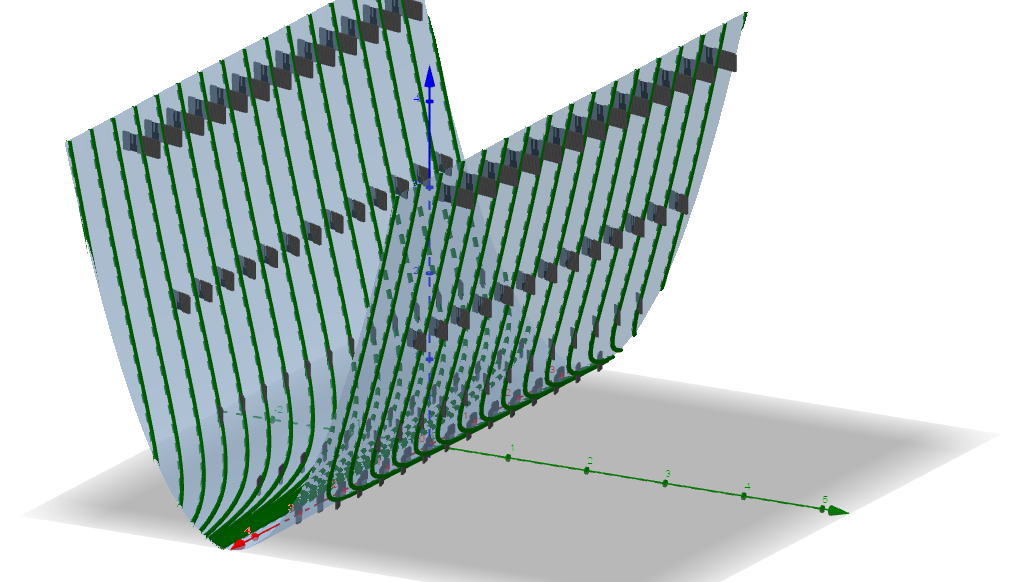Disclaimer: This question was originally posted in math.stackexchange.com and, after 30 days with no answers, I followed the instructions of this topic.
If we take two apparently simple first order ODE's like $y'=y$ and $y'=y^2$ we find that:
For the first one the general solution is $y=C\exp(t)$ and is defined for all $t$.
For the second one, the general solution is $y=\frac{1}{C-t}$ and it's defined only for $t<C$.
There is a way to 'see' geometrically the solutions of these equations as leaves of the "Characteristic Foliation" of the standard contact structure of $R^3$. Look at this site and this article for some nice pictured examples.
Looking for the characteristic foliation of the two equations, the shape of the surface seens to play a big role. Apparently is the curvature of the surface that, somehow, 'controls' the growth of solutions.
My question is: Are there some notion of curvature that explains why nonlinear EDO's can have solutions with movable singularities?
I know that Contact geometry doesn't have local invariants as Riemannian geometry, so, I believe, the answer to this question lies beyond the domain of Contact/Symplectic geometry.
ps: taking other linear and nonlinear equations, with or without time varying coeficients, I had the same impression.
Here are some pictures that I made:
Characteristic foliation for $y'=y$

Characteristic foliation for $y'=y^2$

Additional information: Since I posted the original question, I read some material related to integrability. The most helping one is Alain Goriely - Integrability and Nonintegrability of Dynamical Systems. But in general the singularities are analysed in "dominant behavior" aspect. This is not what I'm asking here. In Goriely's words, this is the "analytic approach" and I'm looking for an "geometric approach".
